Stay Ahead of the Curve
Latest AI news, expert analysis, bold opinions, and key trends — delivered to your inbox.
OpenAI Launches Sora 2 and AI Cameo App: Step Into Your Own AI Videos
3 min read OpenAI just dropped Sora 2 + a new AI video/audio app that lets you star in your own AI scenes. Longer, sharper, controllable clips Upload your voice & face for digital cameos The future of content? Or deepfakes on steroids? September 30, 2025 22:39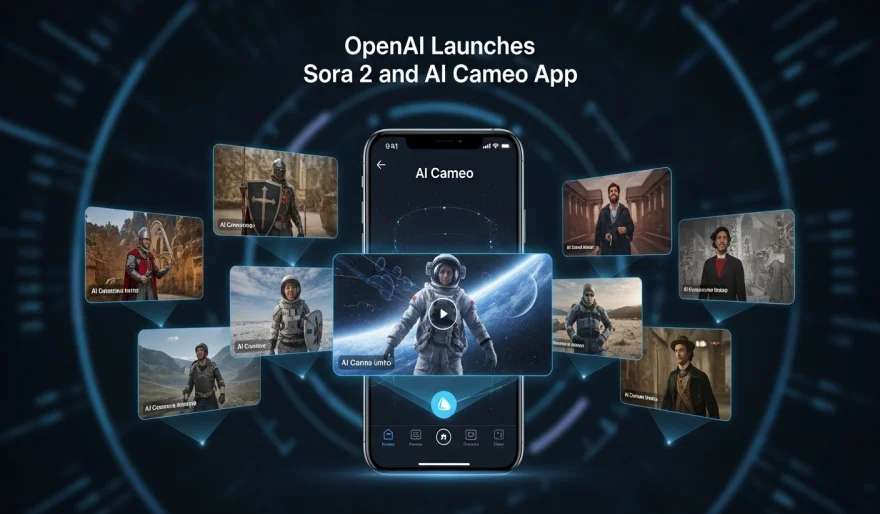
OpenAI just dropped a double announcement that feels straight out of Black Mirror: Sora 2, its next-gen text-to-video model, and a new AI video + audio app where users can literally insert themselves into generated content as “cameos.”
Here’s the breakdown:
-
Sora 2 builds on the viral wave of Sora, which stunned the world earlier this year with hyper-realistic text-to-video generation. The sequel promises longer clips, sharper fidelity, and more controllability (a huge pain point creators complained about).
-
The app is where things get spicy. Instead of just watching AI-generated videos, you can now upload your voice and likeness to appear in them—basically starring in AI skits, ads, or even full scenes without stepping in front of a camera. Think TikTok collabs, but with an AI director and your digital twin.
Why it matters:
-
Pros: This could unlock a new creator economy. Indie filmmakers, marketers, educators, and even casual creators suddenly have a studio in their pocket—complete with custom cameos. Imagine teaching a course where your AI avatar handles the explainer parts, or dropping yourself into an AI-generated sci-fi short for fun.
-
Cons: The obvious one—deepfake risks skyrocket. If anyone can star in AI-generated content, the potential for misuse (fake endorsements, political propaganda, NSFW content) jumps off the charts. Expect regulators to circle this fast.
Bigger picture: OpenAI is clearly angling for cultural dominance, not just research relevance. By combining Sora 2’s Hollywood-level visuals with an interactive app, they’re betting that everyday users want to be in the AI-generated story, not just consume it. If that works, we’re looking at a new wave of AI-native content platforms—part entertainment, part identity experiment.
Hot take: This could make “AI cameo culture” the next TikTok trend. But it also blurs the line between self-expression and synthetic identity in a way society isn’t ready for.
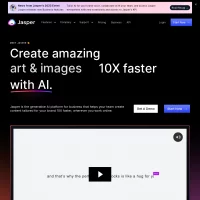

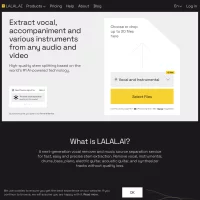
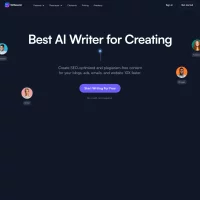
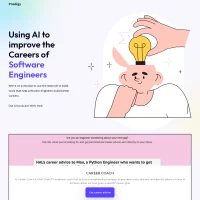
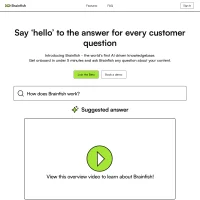

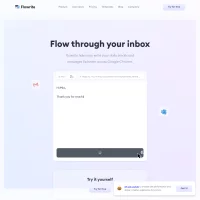
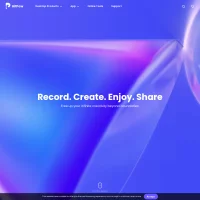
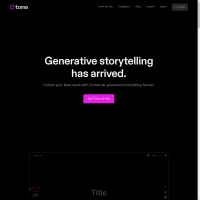

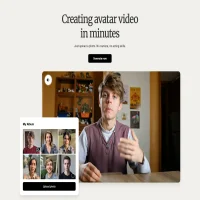

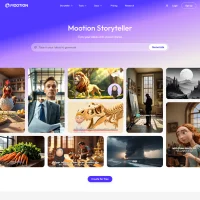
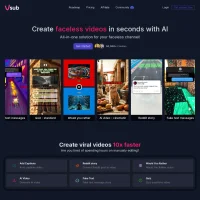


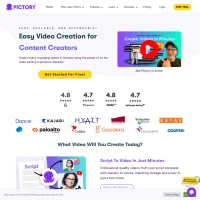
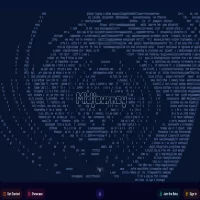
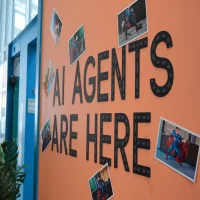 AI Agents
AI Agents